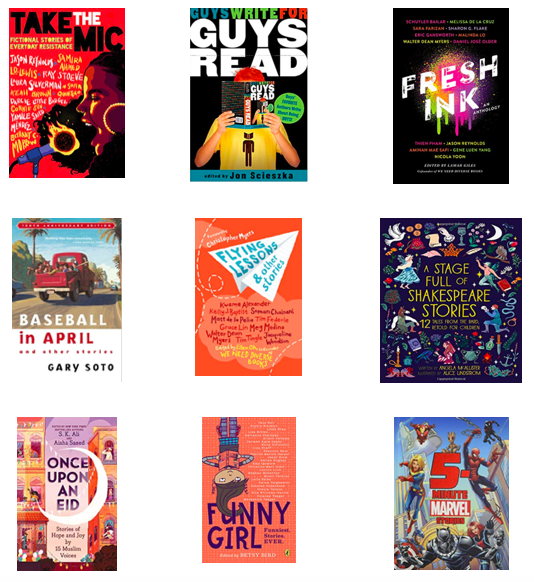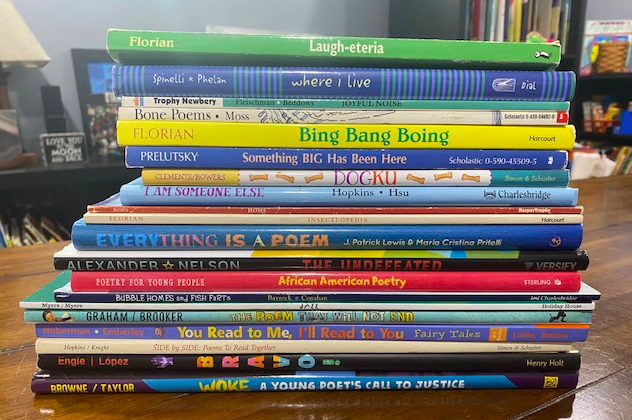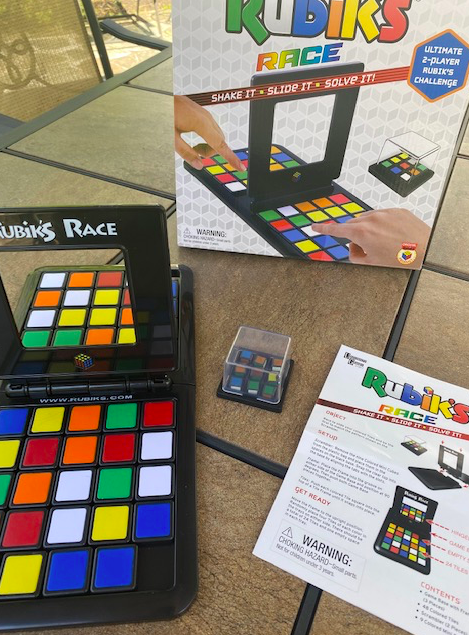Written by Julie Wright & Elizabeth Keim
SHORT TEXTS AT YOUR FINGERTIPS: LAUNCHING INTO SUMMER WRITING
For the past ten weeks, we have offered a series called Short Texts at Your Fingertips. One or two times each week, we provided teaching ideas around a different type of short text that is easily found in the home, so that no family feels under-resourced. The ideas we have shared were easily integrated into any curriculum and pedagogy, from Workshop to basal. If you are a caregiver, teacher, or curriculum director, these brief but mighty texts and lessons are our way of saying thanks. And our way of giving children authentic and enjoyable reading and writing engagements each day. For some, summer is already in full swing. For others, summer is just a few short weeks or days away. Regardless of when your school year ends, it’s important that students of all ages keep reading and writing across the summer months. Last week we wrote about the WHY and HOW to create voluminous readers this summer! You can read that post here. This week we wrap up this series with the WHY and HOW to create voluminous writers this summer! A big THANK YOU to my friend and colleague for being such a great thinking partner and writing partner!
SUMMER WRITING
There is always lots of talk about summer reading. Children take home books and reading lists. Writing often gets a line or two at the bottom of the book list (e.g. “Don’t forget to write.”) We would argue that writing needs equal attention. Encoding is just as important as decoding and picking up a pencil can be just as easy as reading that short text. Just as readers need daily practice, writers also need time and motivation to write. There are lots of ways to incorporate writing into your summer plans. While some children can (and will) write and write and write, all children can create some short texts. One of the most important ways to encourage writing is to make sure your young writer has ample materials and some great inspiration. Read on for ideas!
TRY THIS!
Step 1
If you are looking for some strategic ways to support summer writing, here are some possible pathways:
Read a book or books in which a character writes or keeps a journal or notebook. Some favorites of ours include:
Books to inspire younger writers:
Books to inspire older writers:
Read about authors and their writing process. Here are a few to get you started:
Reading Rockets has lots of videos of amazing authors talking about their work
Watch Grace Lin talk about her books and draw a crab
Doodle with Mo Willems
Watch Peter Reynolds on Facebook Live
Often some new writing materials to help motivate -- a new notepad or notebook and some beautiful new pens often helps, a lot. See below for more thoughts about this!
Correspondence is a great motivator. A teacher or relative makes a great pen pal. The correspondence can take place via text, email or mail.
Step 2
Help students make a plan for summer writing. Ask:
How many days each week will you write?
How many minutes will you spend writing each time you write?
Ask students what they want to write about. Do they want to write:
Fiction or nonfiction?
Notebook entries
Poems
Letters or postcards or texts
Step 3
Ask students to identify different places to write. Create a short list of places that might be a perfect place to write, such as:
The kitchen table
At the computer
At the park on a bench
Under a favorite tree
On the airplane or train
On the sidewalk with chalk
Anywhere and everywhere as long as there is paper and a writing utensil
Step 4
One of the keys to writing voluminously is to have writing supplies on hand. Some supplies that promote writing:
Paper (lots of it)
Unlined (aka copy paper)
Lined
Construction paper, card stock, etc.
Pencils and pens (adults have their favorite writing instruments, encourage your writers to explore different tools)
Crayons, markers, paint (many authors need to draw first to “rehearse” their stories and other authors want to illustrate their words)
A stapler (and a staple remover) for making books
One or more notebooks (for catching all those great ideas and for taking places so there is always somewhere to write)
A computer (for those who want to write with a keyboard)
Step 5
Keep reading! Writers get inspiration from other writers. Use a loved author as a mentor and try to write in the same style. Or write a sequel to a favorite story and another in the series. Here are some other ideas to spark some writing!
Step 6
Get some other ideas from our other blog posts. Each one of them can inspire some writing.
Step 7
Get the writing out into the world. Writers need to “publish” their work and have it read. Some ideas:
Send a piece to a relative or friend
Post it on social media
Make an author’s video and send it to others to watch
Host a virtual (or real) book signing
Write a letter and send it off
FOR MORE RESOURCES, CHECK THESE OUT!
“Home With Your Kids? Writers Want to Help” from the New York Times
“5 Ways to Motivate Young Writers and Readers” from Psychology Today
“7 Great Ways to Encourage Kids to Write” from GreatSchools.org
642 Big Things to Write About: Young Writer's Edition by 826 Valencia
642 Things About Me: Young Writer's and Artist's Edition Diary by Chronicle Books
The Wimpy Kid Do-It-Yourself Book by Jeff Kinney
COMING SOON!
Short Texts: Mighty Mentors That Move Readers and Writers Forward by Julie Wright & Elizabeth Keim (2022)























